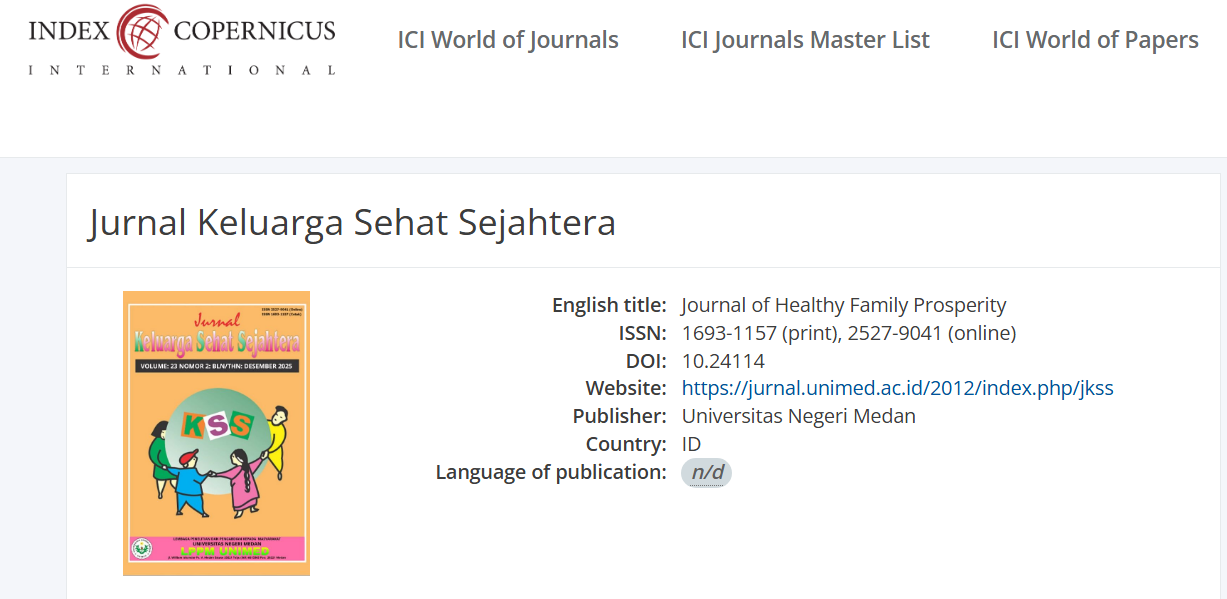PEOPLE
POLICIES
Focus & Scope Peer Review Process Publication Ethics Generatif AI Polcy Copyright Notice Abstracting and Indexing Author Fees& Open Access Policy Article Retraction Withdrawal of Manuscript Appeals and Complain Disclaimer Scopus Citation Analiysis
SUBMISSIONS
Submissions Author Guidelines Reviewer Guidelines Plagiarism Screening Privacy Statement Ethical Oversight
















